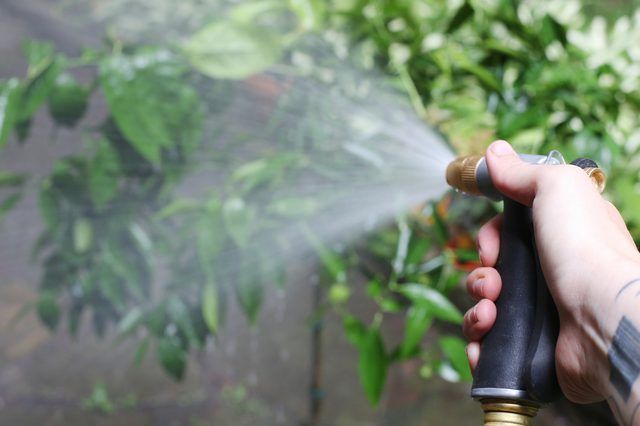Bulbs
Flower Basics
Flower Beds & Specialty Gardens
Flower Garden
Garden Furniture
Garden Gnomes
Garden Seeds
Garden Sheds
Garden Statues
Garden Tools & Supplies
Gardening Basics
Green & Organic
Groundcovers & Vines
Growing Annuals
Growing Basil
Growing Beans
Growing Berries
Growing Blueberries
Growing Cactus
Growing Corn
Growing Cotton
Growing Edibles
Growing Flowers
Growing Garlic
Growing Grapes
Growing Grass
Growing Herbs
Growing Jasmine
Growing Mint
Growing Mushrooms
Orchids
Growing Peanuts
Growing Perennials
Growing Plants
Growing Rosemary
Growing Roses
Growing Strawberries
Growing Sunflowers
Growing Thyme
Growing Tomatoes
Growing Tulips
Growing Vegetables
Herb Basics
Herb Garden
Indoor Growing
Landscaping Basics
Landscaping Patios
Landscaping Plants
Landscaping Shrubs
Landscaping Trees
Landscaping Walks & Pathways
Lawn Basics
Lawn Maintenance
Lawn Mowers
Lawn Ornaments
Lawn Planting
Lawn Tools
Outdoor Growing
Overall Landscape Planning
Pests, Weeds & Problems
Plant Basics
Rock Garden
Rose Garden
Shrubs
Soil
Specialty Gardens
Trees
Vegetable Garden
Yard Maintenance
How to Grow a Clementine Tree in Your House
How to Grow a Clementine Tree in Your House. Small Clementine oranges (Citrus reticulata “Clementine”) don't have seeds. Their thin peel is simple to remove, making them a welcome treat as they ripen in winter. Like most citrus varieties, Clementine only grows in U.S. Department of Agriculture plant hardiness zones 8 through 11, but you...
Small Clementine oranges (Citrus reticulata "Clementine") don't have seeds. Their thin peel is simple to remove, making them a welcome treat as they ripen in winter. Like most citrus varieties, Clementine only grows in U.S. Department of Agriculture plant hardiness zones 8 through 11, but you can enjoy them in any climate by growing the trees indoors. Look for trees grafted onto dwarf or semi-dwarf root stocks -- often labeled as patio or container citrus by nurseries. "Clementine" grafted to dwarf root stock grows slowly and rarely reaches heights above 5 or 6 feet.
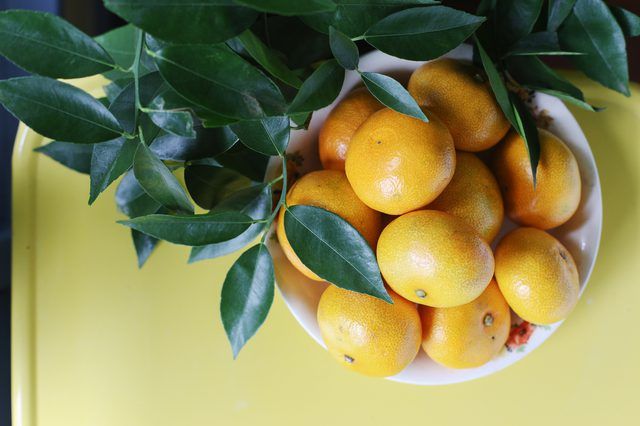
Things You'll Need
20-inch or larger pot
Potting soil
Wheeled container cart
Watering can
Bleach
Pruning shears
Slow-release citrus fertilizer
Step 1
Plant Clementine in a 20- to 24-inch-diameter container at least as deep as it is wide. Select a container with bottom drainage, and place it on a wheeled cart so it's simpler to move the heavy plant. Use a well-draining potting soil rich in organic matter, and plant the tree so that the graft union, or raised knot on the lower trunk, is just above the soil surface in the pot.
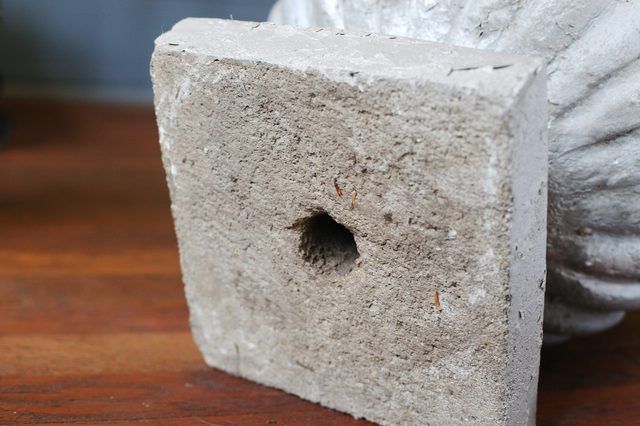
Step 2
Set the tree near a window that receives full, all-day sunlight. "Clementine" leaves yellow and the tree fails to fruit without sufficient sun. Set the container outside during frost-free summers to increase light exposure, and bring it indoors for winter. Alternatively, hang a full-spectrum fluorescent grow light 2 feet above the tree and leave it on all day to ensure the indoor plant receives sufficient light.
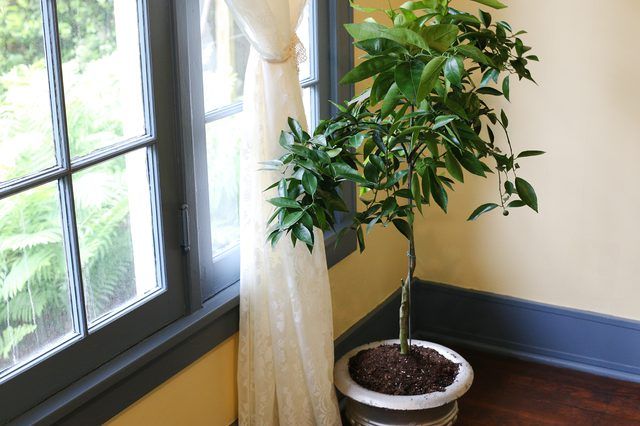
Step 3
Feel the soil in the pot daily, and water when the top 1 inch begins to feel dry. Pour water onto the soil with a watering can just until the excess begins to drain from the bottom of the pot. Empty the excess water from the drip tray beneath the pot after watering, because standing water can lead to waterlogged soil and root rot problems.
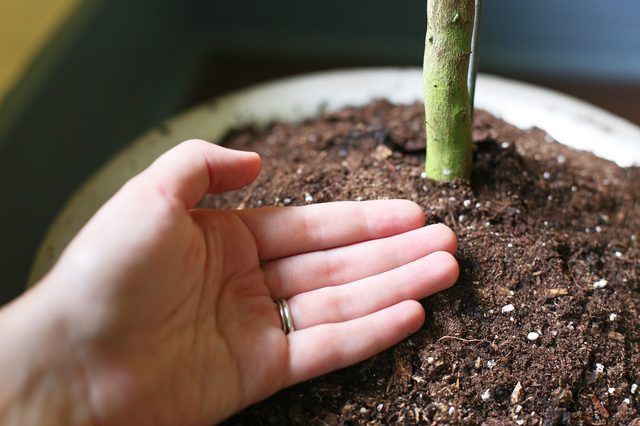
Step 4
Fertilize indoor potted Clementines year-round with a fertilizer formulated for citrus, such as a 13-7-13 blend. These trees don't enter a true dormant stage, so they require ongoing fertilization. Sprinkle 1 1/2 cups on top of the soil, a few inches from the trunk, for trees under 3 feet tall, or up to 3 cups for trees up to 5 feet tall. Water immediately after application so the fertilizer soaks into the soil. Reapply the fertilizer every two to three months.
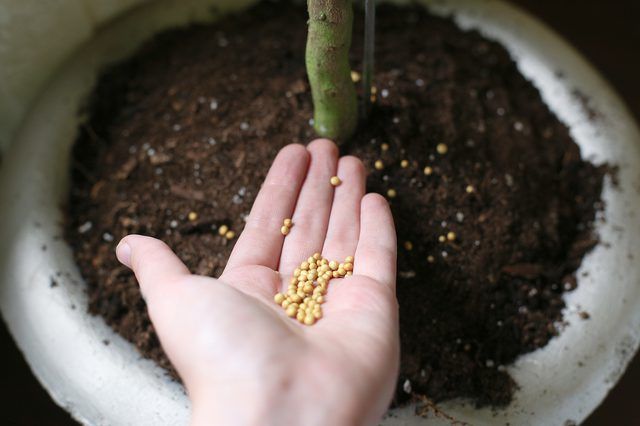
Step 5
Trim off any suckers that grow along the trunk below the graft union. Cut these off flush to the trunk, using a shears sterilized in a 10 percent bleach solution.
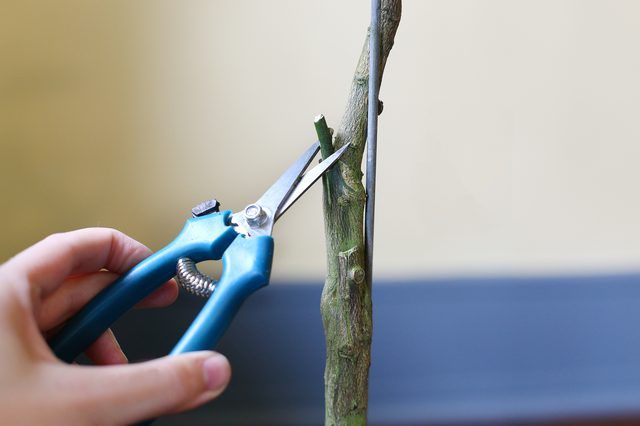
Step 6
Cut off broken or dead branches any time, removing them back the to trunk or the nearest healthy wood. You can trim off small, unsightly branches from along the trunk to give the Clementine a more balanced appearance. Pinch back the growing tips of the branches by 1 inch when new growth appears in the spring to encourage full, balanced growth. Indoor citrus trees tolerate pruning at any time for shape or size control.
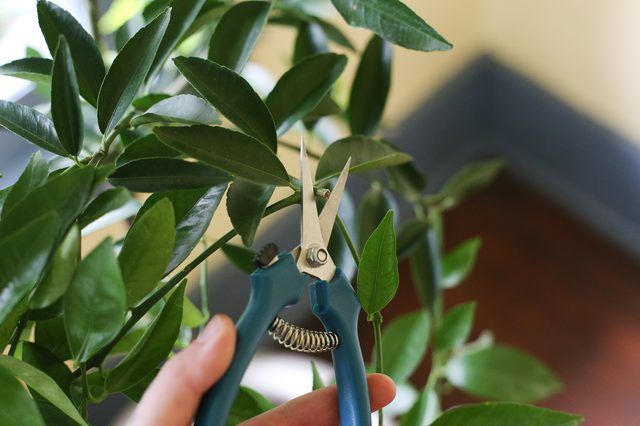
Step 7
Monitor the tree for common indoor pests, including aphids and mites. Take the tree outside or set it in a bathtub, and then spray the leaves with a sharp spray of water to dislodge and wash away these pests. If you take your Clementine outdoors in the summer, fully rinse the foliage before bringing the tree back indoors for winter.
